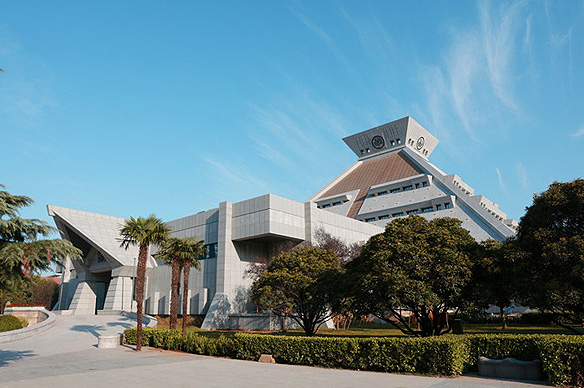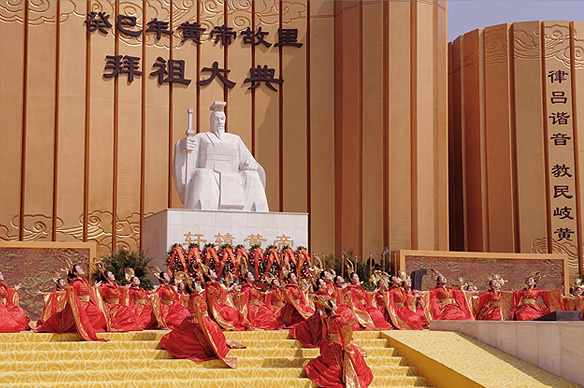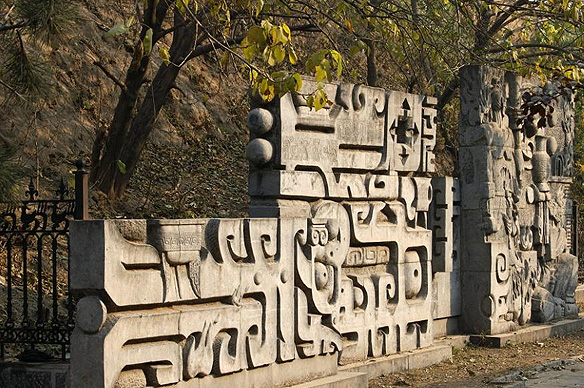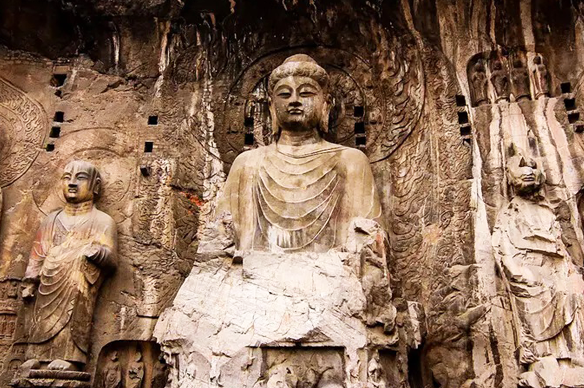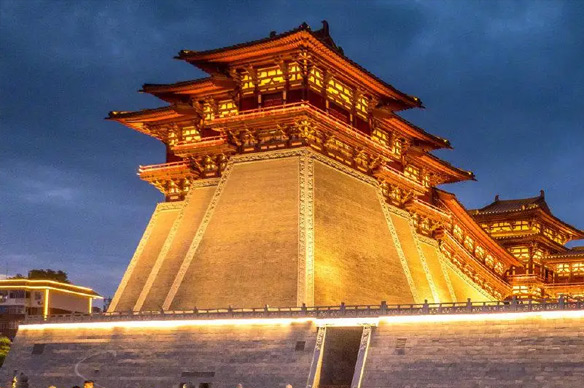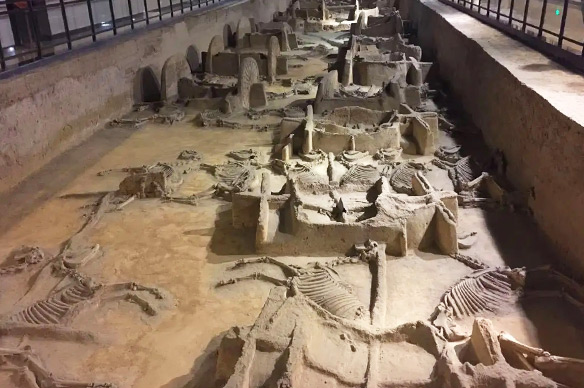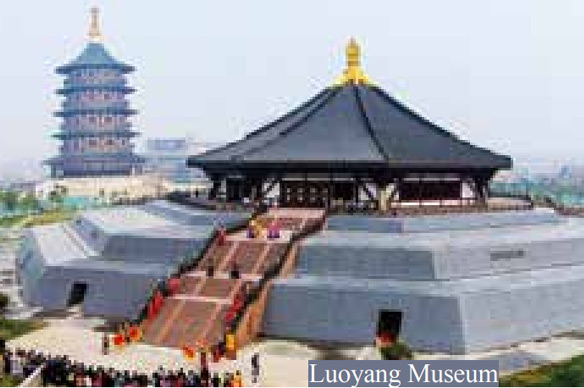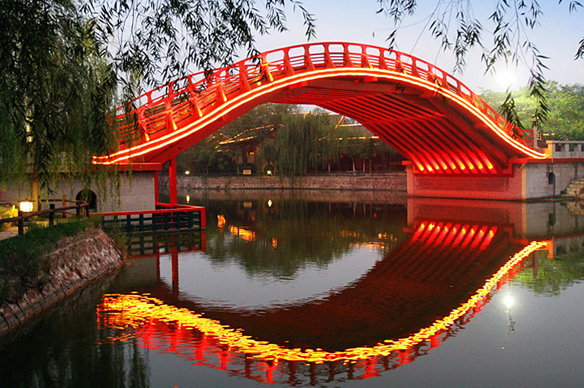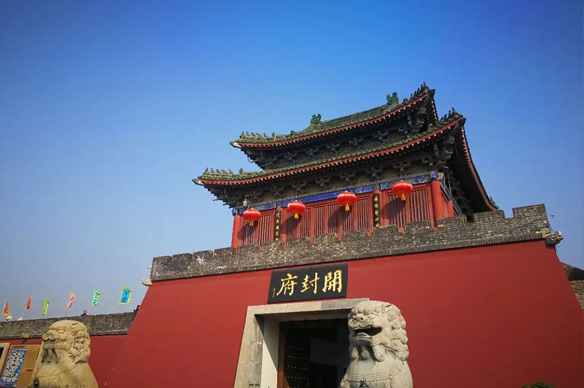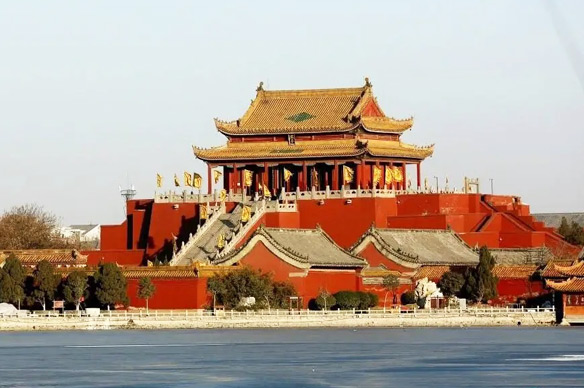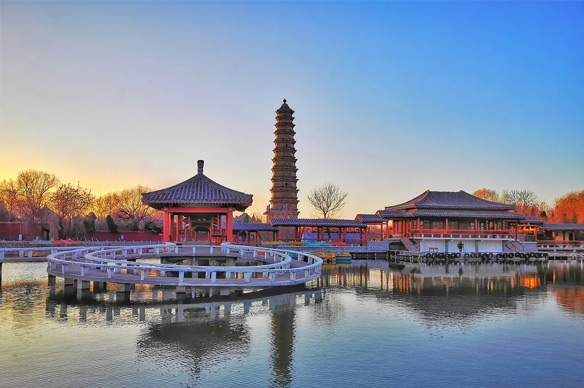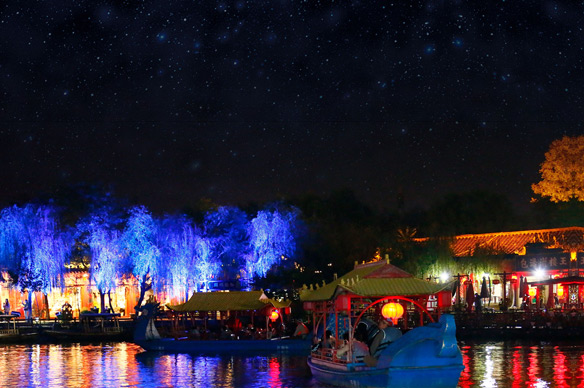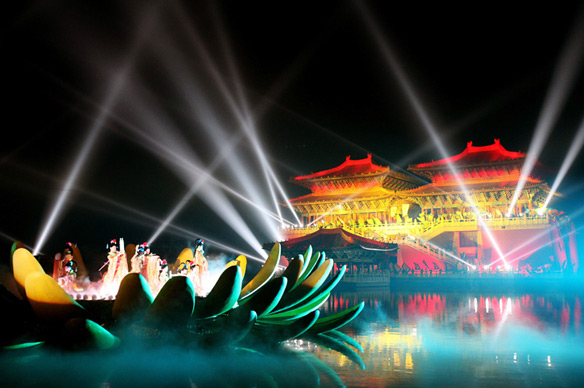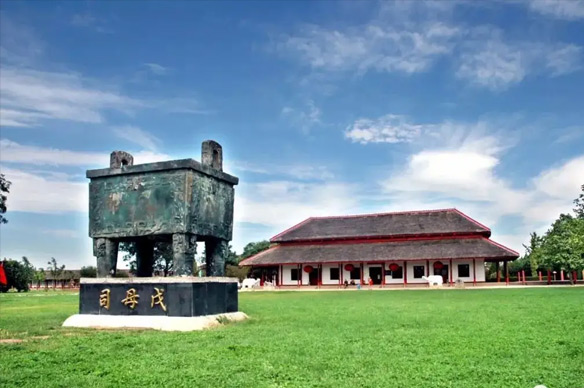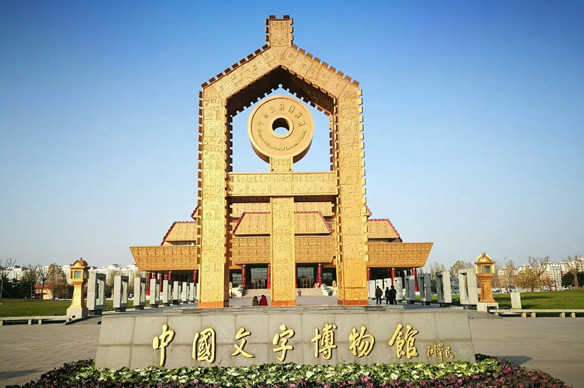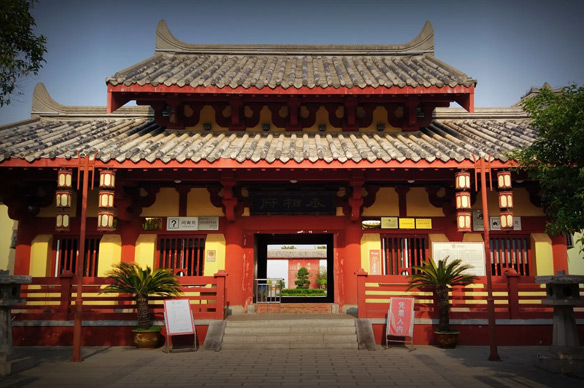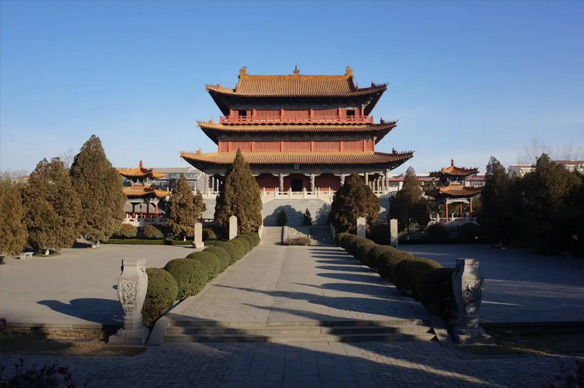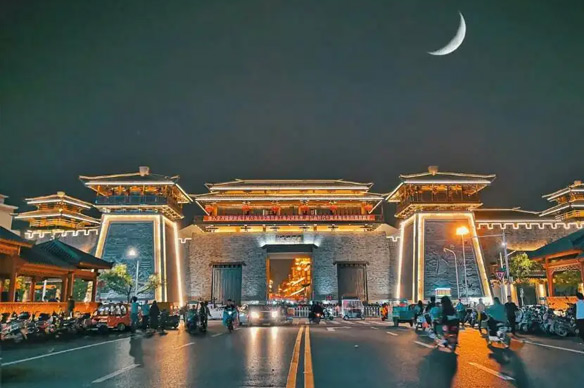VISITING CHINA ANCIENT CAPITALS
ZHENGZHOU 丨 LUOYANG 丨 KAIFENG 丨 ANYANG 丨 XUCHANG
Henan Province boasts a time-honored history and legendary cultural heritage. It is home to five ancient Chinese capitals, namely the charming provincial capital Zhengzhou, the original capital of the Shang Dynasty, Luoyang, which has a thousand-year history as the imperial capital of several dynasties; Kaifeng, the capital of seven Chinese dynasties, Anyang, also the capital of the Shang Dynasty, and Xuchang, capital of Han and Wei Dynasties, they still bear the cultural heritage, traditional customs and charm of the Xia, Shang, Zhou, Han, Wei, Sui, Tang and Song dynasties. These cities are a living proof of the vicissitudes of China's 5,000-year history and profound cultural legacy. They remain to be the must-visit tourist destinations for visitors to learn about the splendid culture of China, an ancient oriental civilization, and appreciate its historical heritage and cultural relics.

